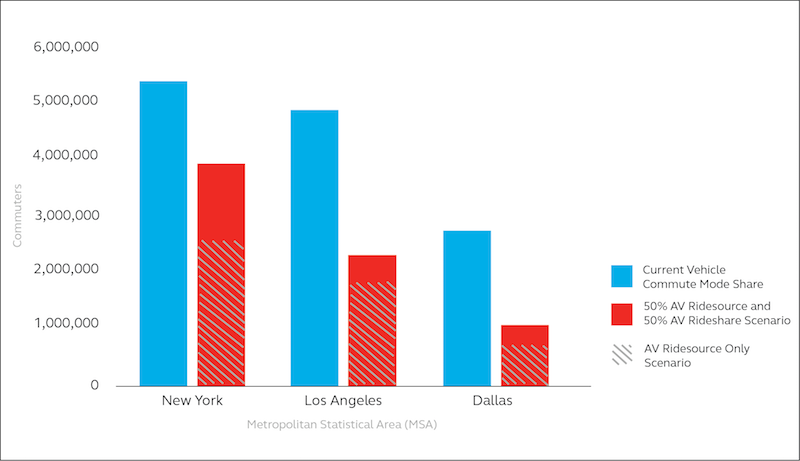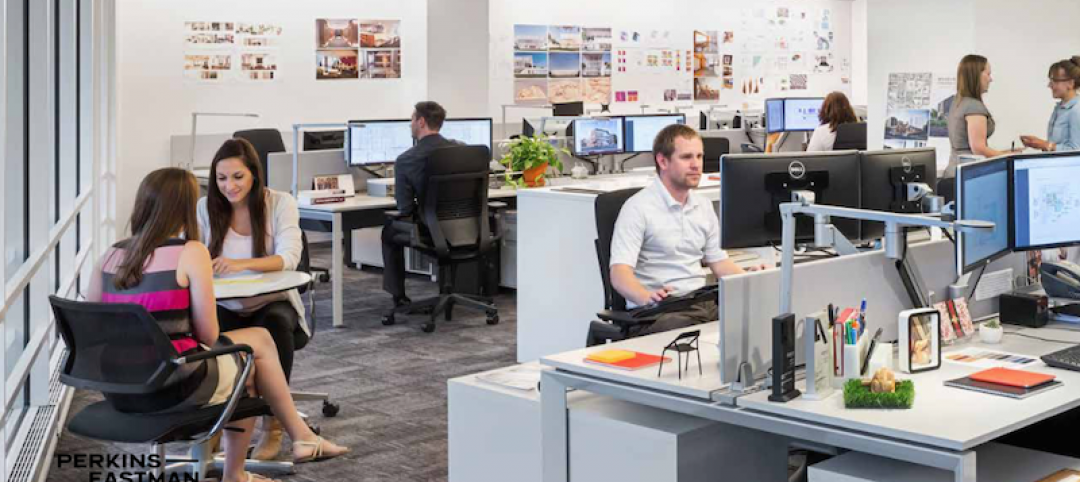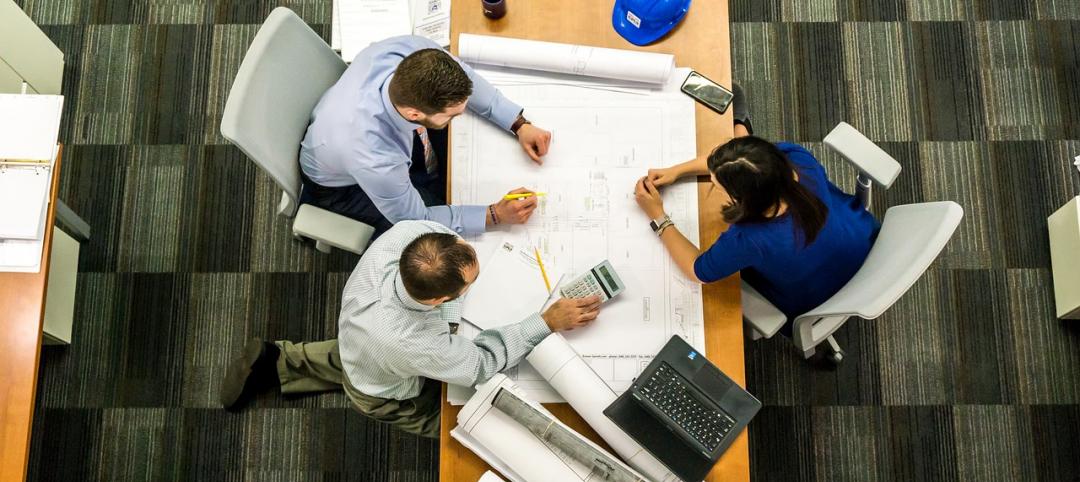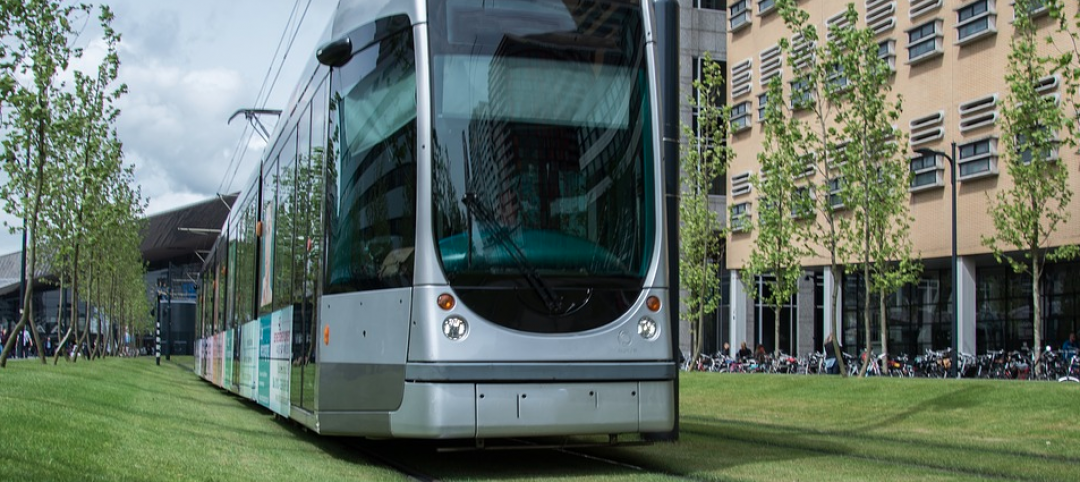A study by transportation, economics and urban planning experts has found that ridesharing and ridesourcing services using autonomous vehicles (AV) could shift millions of drivers away from personal cars in major U.S. cities.
“Driverless Future: A Policy Roadmap for City Leaders,” the study prepared by Arcadis, HR&A Advisors and Sam Schwartz Consulting, shows that the move to ridesharing and ridesourcing services that don’t have a driver could cause a shift of up to 60 percent (3.6 million cars) from traditional to autonomous vehicles in the New York metro area alone over the next 15-20 years.
The Los Angeles metro area could see a shift of up to 44 percent (2.2 million cars) and the Dallas-Ft. Worth metro area could see a shift of up to 31 percent (nearly 1 million cars).
The shift of nearly 7 million drivers to autonomous vehicles across three diverse metro areas illustrates how cities across the U.S. could be greatly impacted and reveals the significant effect of driverless services contemplated by companies such as Uber and Lyft.
To help cities prepare for such profound changes in daily life, Arcadis, HR&A Advisors and Sam Schwartz Consulting are offering a policy road map for complex issues related to autonomous vehicles and their potential impact on equity, public transit, parking, land use, and real estate development.
To prepare for this driverless future, the report identifies six priorities for city leaders:
- Leverage technology to enhance mobility: Cities and private partners should embrace smartcards, open data, and universal apps. This would allow riders to compare, book, and pay for trips that combine buses, trains, bikes and ridesharing. Pilot programs are already in place in cities ranging from Los Angeles to Helsinki.
- Prioritize and modernize public transit: Cities and transit agencies should focus on high-ridership, high-frequency light rail and bus rapid transit systems while driverless shuttles provide first- and last-mile connections for riders. Similar shuttles are already being tested in London and Singapore.
- Implement dynamic pricing: To reduce congestion and create a level playing field between public and private transportation, cities should consider dynamic road pricing plans that vary by origin and destination, number of passengers, congestion, and/or household income. This can be implemented through proven tools such as congestion pricing, zone pricing, vehicle-miles traveled fee, etc.
- Plan for mixed-use, car-light neighborhoods: AV can unlock demand for living and working in mixed-use neighborhoods – whether they are urban or suburban. To shape this demand, cities need to plan for and incentivize mixed-use development, overhaul parking requirements, and reevaluate new transit projects.
- Encourage adaptable parking: Fewer personal cars means fewer parking spaces, especially in city centers where much of the land use is taken by parking garages or lots. Parking garages need to be built with housing or office conversion in mind and include level floors, higher ceiling heights and centralized ramps. These future-proof garages are already being contemplated in Boston and Nashville.
- Promote equitable access to new jobs and services: To support disadvantaged populations, cities must encourage public and private operators to provide alternative payment methods, access via dial-a-ride and equitable service coverage. Cities and private partners must also create new employment and training opportunities for drivers and others in legacy occupations.
The full report can be found here.
Related Stories
Multifamily Housing | Aug 19, 2019
Top 10 outdoor amenities in multifamily housing for 2019
Top 10 results in the “Outdoor Amenities” category in our Multifamily Design+Construction Amenities Survey 2019.
Multifamily Housing | Aug 12, 2019
Multifamily Amenities 2019: Rethinking the $30,000 cup of coffee
What amenities are “must-have” rather than “nice to have” for the local market? Which amenities will attract the renters or buyers you’re targeting? The 2019 Multifamily Amenities Survey measured 113 amenity choices.
Codes and Standards | Jun 27, 2019
Public restrooms being used for changing clothes, phone conversations, and 'getting away'
About 60% of Americans use a public restroom one to five times a week, according to the latest annual hand washing survey conducted by Bradley Corporation.
Industry Research | Jun 11, 2019
New research suggests individual work spaces increase productivity
The research was conducted by Perkins Eastman and Three H.
Industry Research | Apr 8, 2019
New research finds benefits to hiring architectural services based on qualifications
Government agencies gain by evaluating beyond price, according to a new Dodge survey of government officials.
Office Buildings | Jul 17, 2018
Transwestern report: Office buildings near transit earn 65% higher lease rates
Analysis of 15 major metros shows the average rent in central business districts was $43.48/sf for transit-accessible buildings versus $26.01/sf for car-dependent buildings.
Market Data | May 29, 2018
America’s fastest-growing cities: San Antonio, Phoenix lead population growth
San Antonio added 24,208 people between July 2016 and July 2017, according to U.S. Census Bureau data.
Industry Research | Jan 30, 2018
AIA’s Kermit Baker: Five signs of an impending upturn in construction spending
Tax reform implications and rebuilding from natural disasters are among the reasons AIA’s Chief Economist is optimistic for 2018 and 2019.
Market Data | Jan 30, 2018
AIA Consensus Forecast: 4.0% growth for nonresidential construction spending in 2018
The commercial office and retail sectors will lead the way in 2018, with a strong bounce back for education and healthcare.
Market Data | Jan 29, 2018
Year-end data show economy expanded in 2017; Fixed investment surged in fourth quarter
The economy expanded at an annual rate of 2.6% during the fourth quarter of 2017.

















